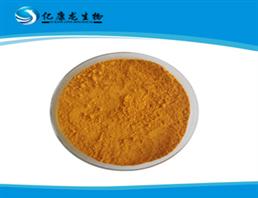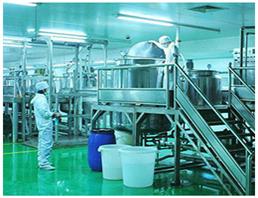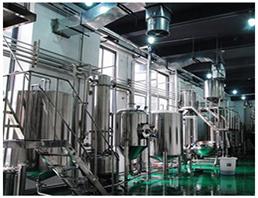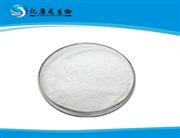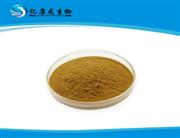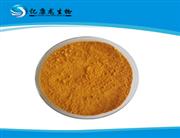Berberine is an important alkaloid and is a traditional Chinese medicine that has been used for a long time in China. It can be extracted from plants such as berberine, cork, and three needles. It has a remarkable bacteriostatic effect. The commonly used berberine hydrochloride is also called berberine hydrochloride, and its chemical structure is shown in the figure. Berberine can inhibit pathogenic microorganisms and inhibit various bacteria such as dysentery bacilli, tubercle bacilli, pneumococcal bacteria, typhoid bacillus and diphtheria bacilli. Among them, zeosin has the strongest effect and is commonly used to treat bacterial gastroenteritis and dysentery. Equal gastrointestinal diseases. It is mainly used for the treatment of bacterial dysentery and gastroenteritis, and its side effects are small.
effect
First, the role of anti-pathogenic microorganisms
1, antibacterial effect;
2, antiviral effect;
3, antigenic insects;
4, anti-toxic effect.
Second, the role of the cardiovascular system
1, anti-arrhythmia;
2, lower blood pressure;
3, positive muscle strength;
4, clinical reports berberine has a protective effect on ischemic brain damage.
Third, hypoglycemic effect A large number of pharmacological and clinical studies have confirmed that berberine not only has significant hypoglycemic effect, but also has a good preventive effect on the comorbid hypertension thrombosis associated with diabetes.
Fourth, anti-inflammatory effects.
Staphylococcus aureus
Staphylococcus aureus
Fifth, inhibit platelet aggregation.
Sixth, enhance immune function.
Seven, anti-cancer.
Eight, other roles.
1, anti-ulcer effect;
2, antipyretic effect;
3, berberine also has central inhibition and choleretic effects

 China
China
